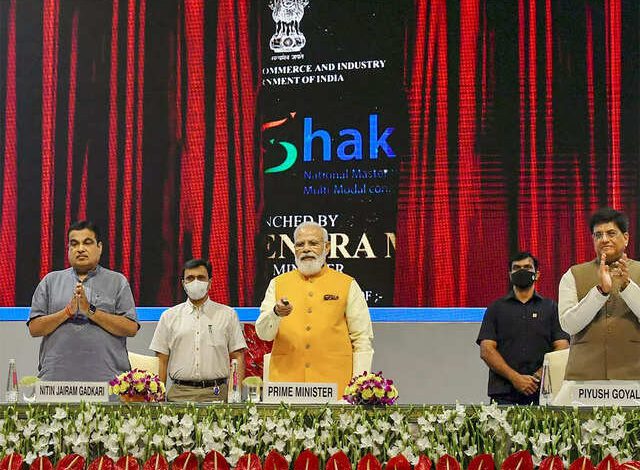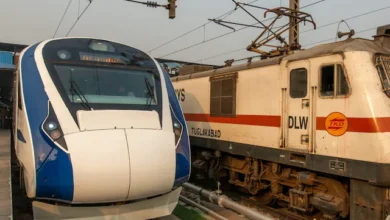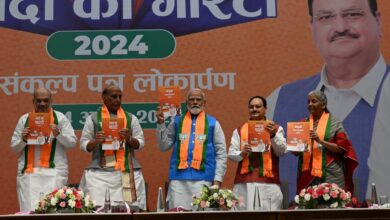PM Modi unveils Gati Shakti; national master plan for multi-modal infrastructure connectivity
This plan aims to bring down the logistical costs and create a business-friendly environment to fuel India's growth story.

PM Narendra Modi on Wednesday launched Gati Shakti a national master plan that aims to develop multi-modal infrastructure worth around 100 lakh crore rupees. This will cut logistic costs, increase cargo handling capacity and reduce the turnaround time thus boosting the economy. Currently, logistics cost in India is high which is about 13% of the GDP affecting the competitiveness of exports. The global average is about 8% of the GDP.
The master plan aims to increase National Highways length to two lakh Kms. Additionally, 4-6 laned expressways of approximately 6000 Kms will be built in the coastal areas. Increasing the length of pipeline gas to 35,000 Kms, therefore, connecting all the state capitals under the national trunk gas pipeline, increasing the number of airports to 220 and creation of 11 industrial corridors are also part of the plan. The industrial corridors will have 38 electronics manufacturing clusters and109 Pharma clusters apart from various other clusters for Agri, defence and fishing sectors.
Special emphasis has been given to the Northeast where all the state capitals will be interconnected by 4 laned national highways. The plan targets to increase cargo handled by Railways of 1,600 million tonnes by 2024 from 1,210 million tons in 2020. It also includes the implementation of two Dedicated Freight Corridors (DFCs) and decongestion of 51 per cent of the Railway network.
To overcome red-tapism and bureaucratic entanglements geo-mapping and real-time data of various projects particularly the ones with multi-sectoral and multi-regional reach will be done via a single portal. Sixteen Central government departments are part of this project who can via the single portal view other departments activities to provide critical data while planning and executing projects in a compressive manner.
Giving a very basic example of lack of coordination, lack of micro and macro-level planning and silo working environment, the PM said: “There is a new good quality road constructed by one department, and a few days later another department digs that very road to lay water pipelines. Such lack of coordination needs to end.”
The high-technology online system is developed by Bhaskaracharya National Institute for Space Applications and Geoinformatics (BiSAG-N) and is based on six pillars – comprehensiveness, prioritisation, optimisation, synchronization, analytical and dynamic.
This plan will improve the global competitiveness of local products by cutting down the logistics costs and improving the supply chains. Not only will this benefit exports but also help the domestic market by bringing in businesses close to its customers. This will kick in a virtuous cycle of investments, large employment opportunities, aggregate demand, and thus economic growth.



